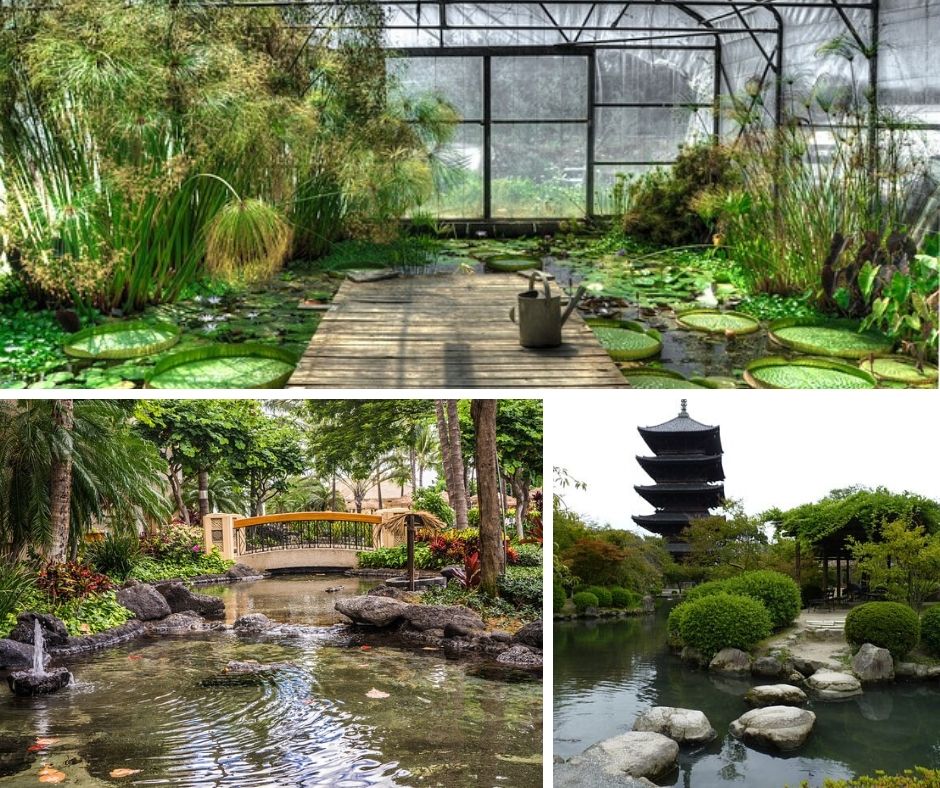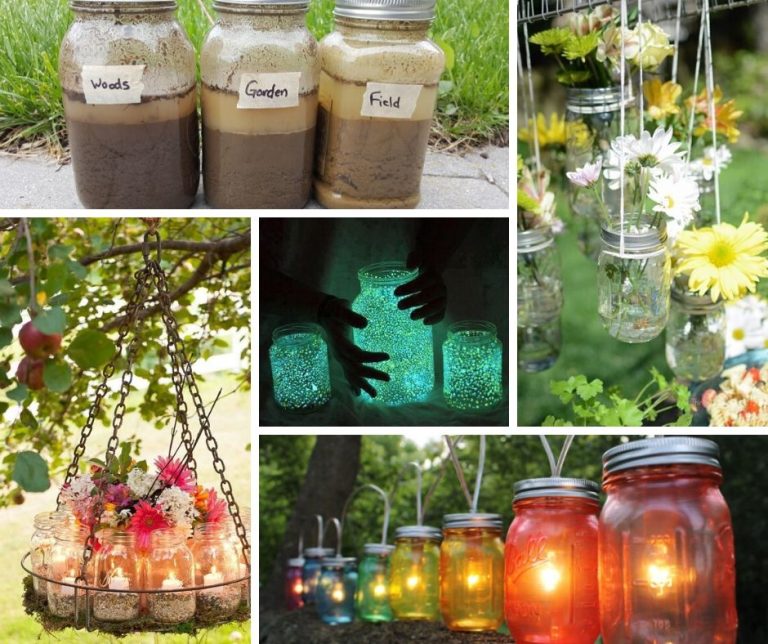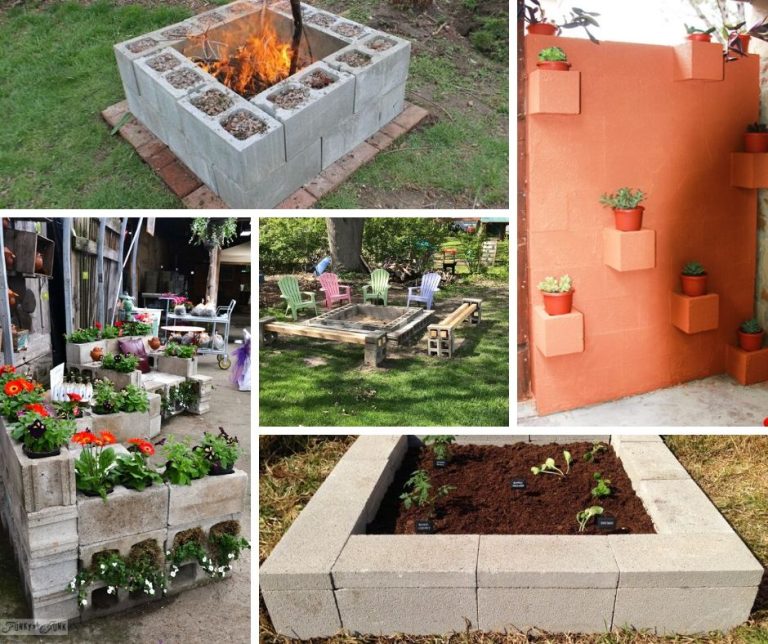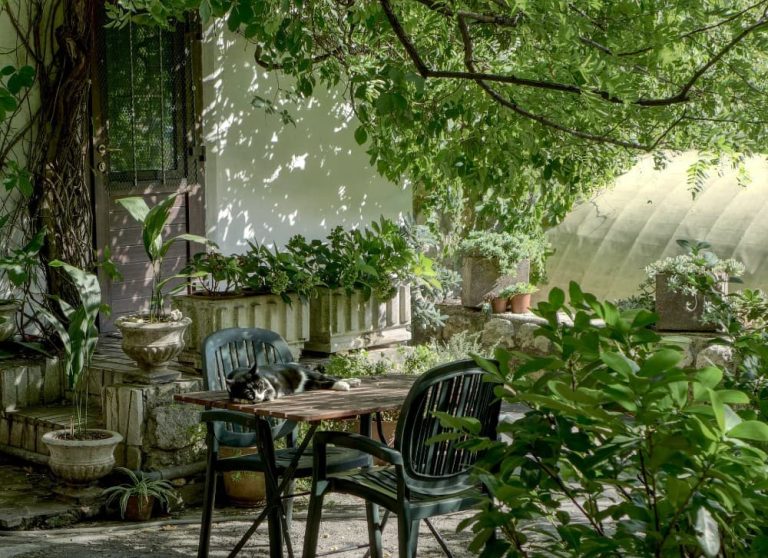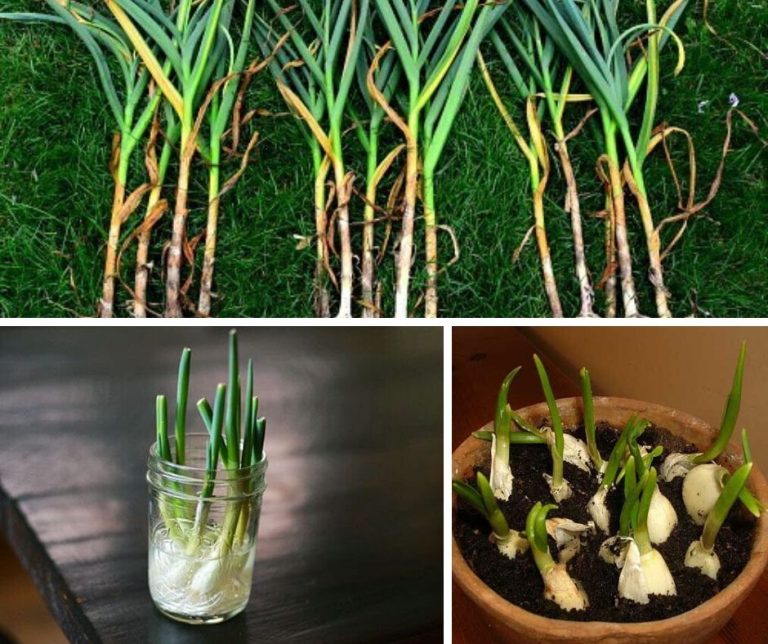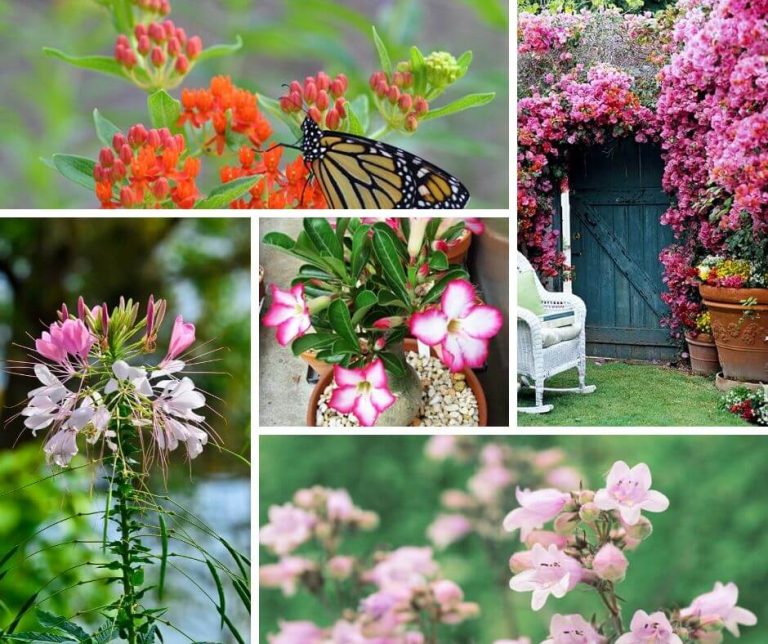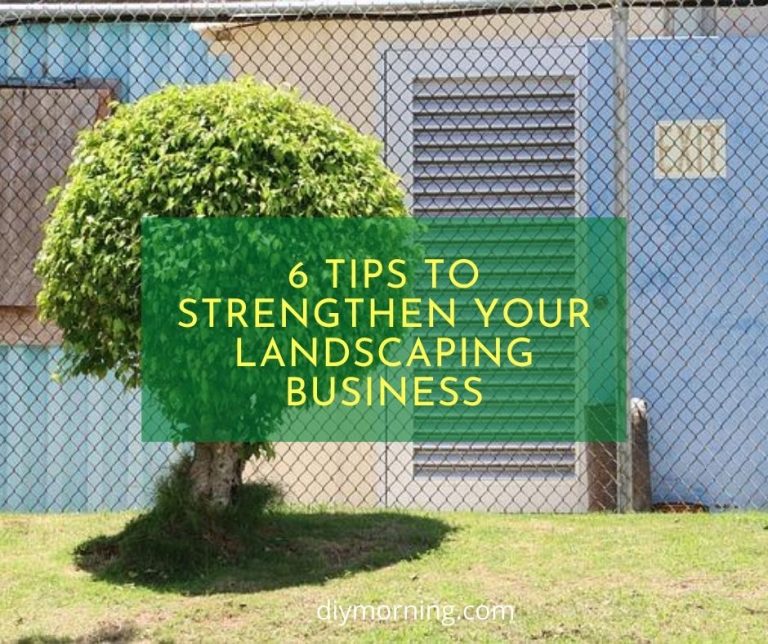How to Take Good Care of Your Garden Pond
If you think that installing a pond is the final touch, and you can just kick back and relax, think again. That is only the first step to a long-term commitment. Maintaining even a small pond in good condition requires dedication, hard work, and often spending some additional money.
It would be best if you never underestimate the importance of sustaining a clean, eye-pleasing pond, with balanced plants and oxygen levels. A dirty pond will make your garden look dirty and neglected, and the fear of all that hard upkeep is enough to make anyone wary of committing to a water feature on their property. But don’t worry – it’s not as hard as it looks.
In fact, most people find that owning a pond isn’t as laborious as they thought once they get into a routine and start using the correct tools for the job.
Here are three essential tips when it comes to taking good care of the garden pond.
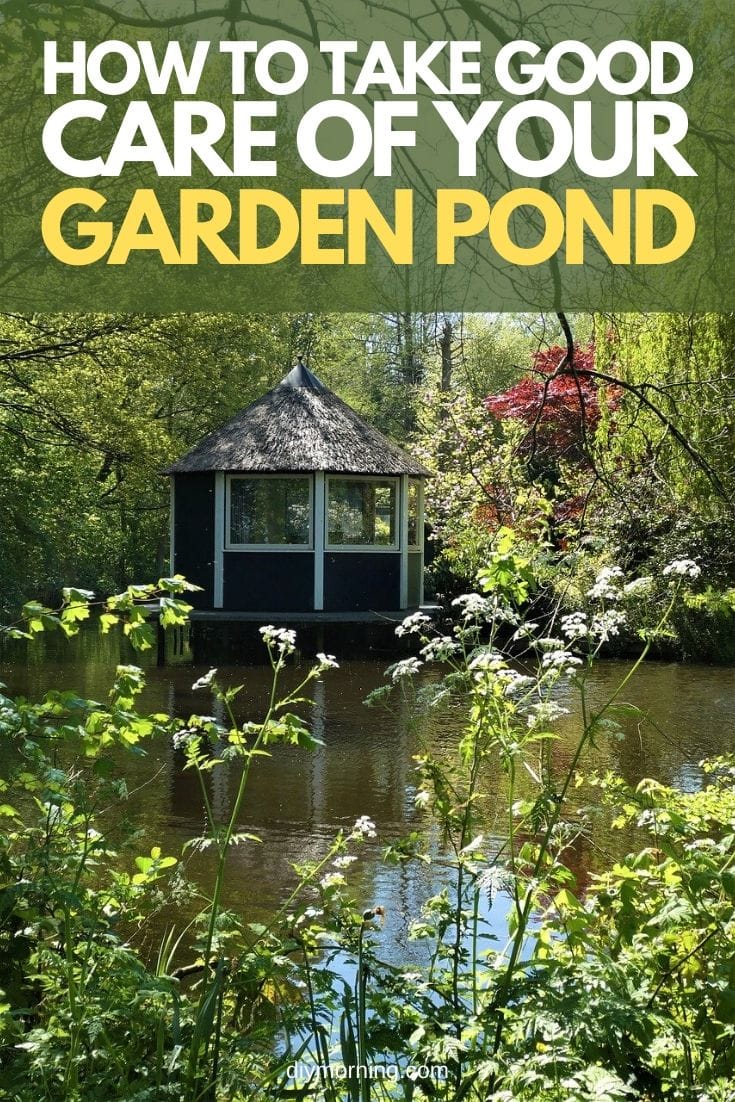
Do regular check-ups
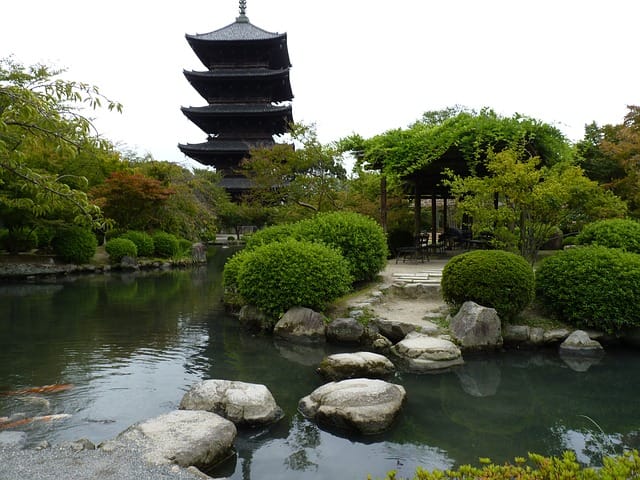
If you are dedicated to taking care of your garden, you should first establish how often you spend time cultivating it. Having doubts is normal. Setting a schedule is important: should you maintain a pond once a week or once a month? Or maybe everyday?
It all depends on the effect you wish to achieve, and the pond’s ecosystem. The crucial element to remember is to make cleaning the lake a regular task. Let it become a habit. Set a date, every once two weeks to monitor your pond’s condition. Some important aspects to consider are:
- Location
- Sun exposure
- Size and volume
- Vicinity of trees (and other messy neighbors)
- The presence of natural cleaning helpers like fish, snails, and water plants
All of these aspects are important – how you maintain your pond will depend on a combination of all of them. Regular pond maintenance is vital for aquatic life. If you are growing aquatic plants or hosting fish, regular care guarantees the proper growth for both.
A useful piece of equipment a pond-owner should have is a pond vacuum. There are many available on the market, but only some clean the pond bottom effectively. Choose the vacuum cleaner based on the pond bottom structure, the vacuum’s power, and your budget.
Keep the water fresh
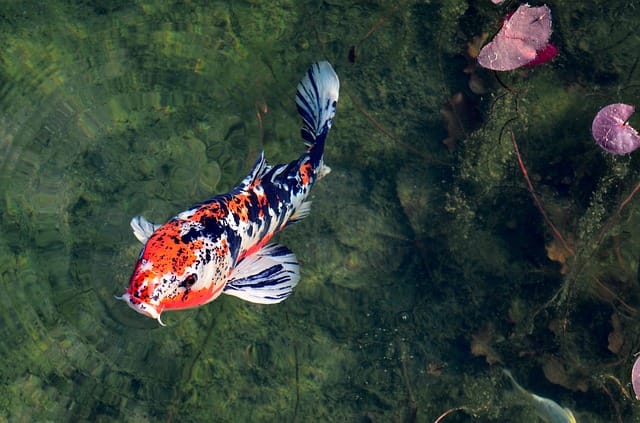
Companies as Living Water Aeration provide a lot of solutions to maintain the water of your backyard water body fresh and clean, as the proper water aeration is extremely important for all the aquatic living creatures. The insufficient oxygen levels in the pond’s water may end up in the fish gasping for oxygen near the surface, or dying, algae problems, and the general lifeless appearance of the pond.
There are different types of aeration systems out there. The most popular one, designed for ponds six feet or deeper, runs on electricity and aerates the pond from the bottom to the top. It is ideal for small ponds, but there are also bigger systems available for large bodies of water.
If you want to be eco-friendly, some water aerators are powered by wind or solar energy.
Plant various types of plants

Ponds with no or almost no plants look dull. Lilies, floaters, marginals, and marshes are the plants you should plant in the pond. They make the garden’s lake look less artificial and more natural. The best season to plant them is in the early spring when water is warm and supports floral growth. If the flowers and plants grow too big and start covering the water’s surface, you can begin culling and shaping them.
Another good time for transplanting large water plants like reeds or rushes is the winter – by then, they would have died back and all you have to worry about is the root or rhizome. A lot of gardeners will transplant them from nearby lakes or other ponds from November to February. Doing so as locally as possible will ensure that you won’t transport any invasive species into your pond.
Moreover, be mindful of the other plants you have in the garden. Ponds may be affected negatively by the nearby trees and bushes, should their leaves fall on the water’s surface. There are some suitable tools to manage the neighboring plants such as trap net, that you install over the pond, or a garden shear that you use to prune the trees hanging over the small lake.
Another essential thing to consider when it comes to plants is to keep an eye on the algae growth. They are a source of food to most aquatic animals, and they are beneficial to the pond unless their growth is too excessive. Monitoring those micro-plants is one of the most important things concerning taking good care of a lake.
Conclusion
Although maintenance is needed on a regular basis, the time put into keeping the pond clean is worth the effort. As a result, you get a picturesque small lake just behind your house and a lush ecosystem, including various fish and plant types. A well-kept pond is an excellent point of pride for any gardener.

